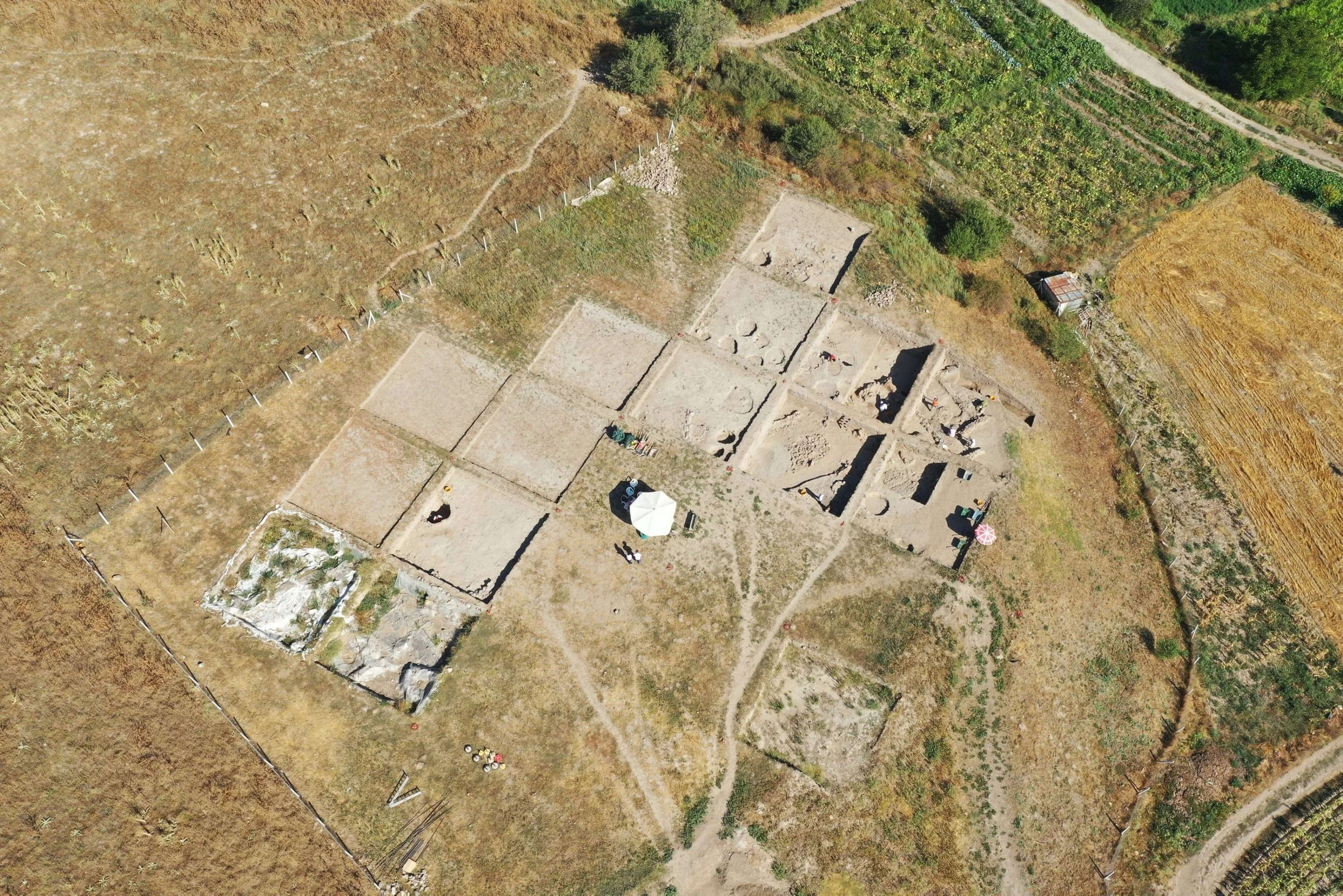The range of skin tones and eye colors that people have on the planet is intriguing and beautiful. Research is still being done to determine when and how individuals acquired the features they do now in order to solve the riddle of early human history.
According to contemporary anthropology studies, European genetic features like tall stature and fair skin are relatively recent additions to the continent.
A study was recently presented at the 84th annual meeting of the American Association of Physical Anthropologists by an international team of researchers led by Dr. Iain Mathieson of Harvard University.
Researchers have discovered that the bulk of the time that humans have lived in Europe, the people have had dark skin, and the genes indicative of light skin only occur over the past 8,000 years, based on 83 human samples from Holocene Europe that were investigated under the 1000 Genomes Project.
According to the American Association for the Advancement of Science (AAAS), this recent and relatively swift process of natural selection leads scientists to believe that the features that spread quickly were useful within that environment.
This compelling evidence implies that contemporary Europeans do not resemble their incredibly ancient forebears.
Genetic Transmission
Instead of a small number of people, the samples come from a wide spectrum of ancient populations, and they gave scientists access to five particular genes linked to nutrition and skin color.
According to the AAAS, "modern humans who came out of Africa to originally settle Europe about 40,000 years are presumed to have had dark skin, which is advantageous in sunny latitudes.
Artist’s depiction of Stone Age peoples
And the new data confirm that about 8500 years ago, early hunter-gatherers in Spain, Luxembourg, and Hungary also had darker skin: They lacked versions of two genes—SLC24A5 and SLC45A2—that lead to depigmentation and, therefore, pale skin in Europeans today.
Then, the first farmers from the Near East arrived in Europe; they carried both genes for light skin. As they interbred with the indigenous hunter-gatherers, one of their light-skin genes swept through Europe, so that central and southern Europeans also began to have lighter skin. The other gene variant, SLC45A2, was at low levels until about 5800 years ago when it swept up to high frequency."
This was different from what was happening further north. Researchers have discovered gene variations associated with fair complexion and blonde hair as well as the HERC2/OCA2 gene, which causes blue eyes, in ancient bones from southern Sweden that date back 7,700 years.
Researchers concluded that because of this, early hunter-gatherers in northern Europe were already fair-skinned and blue-eyed. It would have been advantageous to have light skin in areas with less sunshine.
Biological Selection
The study by Mathieson and colleagues does not explain why the genes were preferred and propagated so swiftly, although it is speculated that Vitamin D absorption probably played a role. 8,000 years ago, hunter-gatherers in Europe were unable to digest milk. Only about 4,300 years ago did the ability to do so emerge.
Artist’s impression of a blue-eyed hunter gatherer
According to Pennsylvania State University paleoanthropologist Nina Jablonski, humans in less sunny climates needed distinct skin pigmentations in order to synthesis and absorb Vitamin D. The ability to digest milk and having light skin were advantages in the area.
According to AAAS, "Natural selection has favored two genetic solutions to that problem—evolving pale skin that absorbs UV more efficiently or favoring lactose tolerance to be able to digest the sugars and vitamin D naturally found in milk.”
This new study builds on previous investigations on modern humans in pre-farming Europe and their genes.
The common perception of light-skinned European hunter-gatherers was disproved by DNA extracted from the wisdom teeth of a 7,000-year-old person discovered in Spain in 2006. According to the study, the person had black hair and dark-skinned African DNA. However, the researchers were surprised to discover that the man had blue eyes. The earliest person in Europe with blue eyes is a hunter-gatherer.
Previous studies indicated that the first eye-color gene changes that resulted in the evolution of blue eyes most likely happened in people living in the vicinity of the Black Sea roughly 10,000 years ago.
The striking feature of the findings is that while the dissemination of beneficial genetic traits is essential to natural selection, it rarely happens quickly. Researchers are particularly interested in this phenomena because the study demonstrates how quickly these genetically predisposed light skin features spread throughout Europe.
The online journal BioRxiv has accepted for publication the preprint paper "Eight thousand years of natural selection in Europe" by Mathieson and colleagues. These recent discoveries help us understand our ancient origins by shedding insight on humanity's genetic past.
























